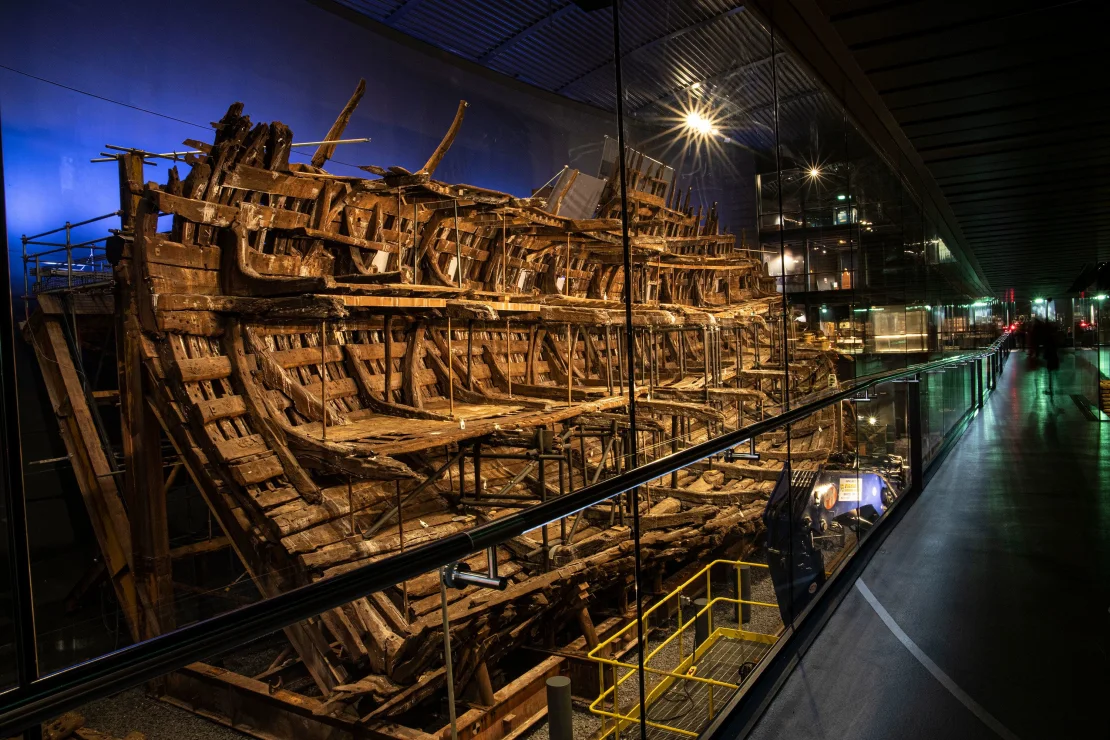The recent discovery of bones from a Tudor-era warship has shed light on the lives of sailors during the time of Henry VIII. Excavations from the shipwreck reveal skeletal remains that offer clues about the physical demands and challenges faced by the crew. Analysis of the bones indicates that many sailors suffered from malnutrition, arthritis, and injuries consistent with strenuous labor, suggesting harsh working conditions on board.
Experts have also found traces of lead poisoning in the bones, likely due to contaminated food and water storage, a common issue on Tudor ships. This condition may have affected sailors’ health and contributed to the dangers of long voyages. Additionally, the remains include young men, highlighting the Tudor navy’s reliance on youthful, able-bodied sailors who were often unprepared for the rigors of naval life.
These findings are helping historians reconstruct the lives of Tudor sailors, providing insights into their diet, health, and daily struggles. As one of the earliest-known naval discoveries of its kind, the shipwreck offers a unique glimpse into the era’s maritime practices, highlighting the physical toll on sailors and enriching our understanding of life during one of England’s most tumultuous periods in naval history.











